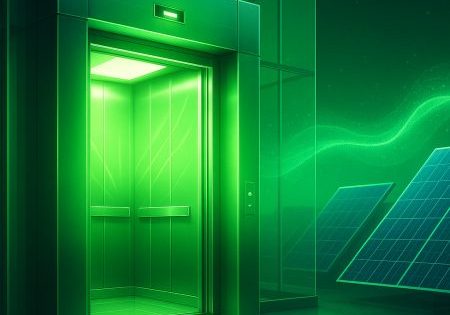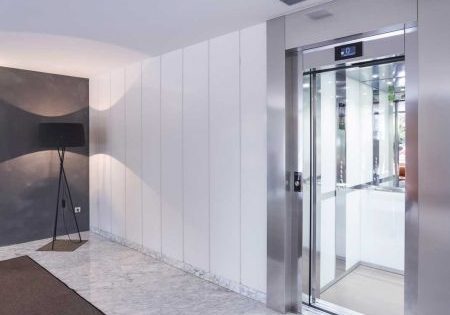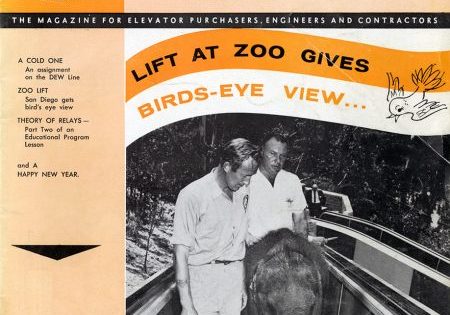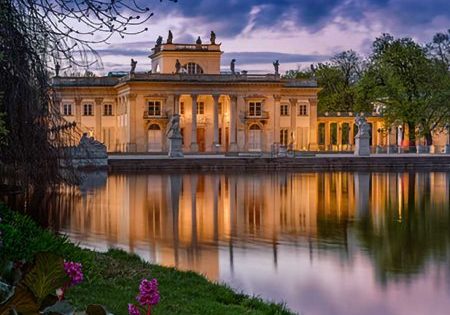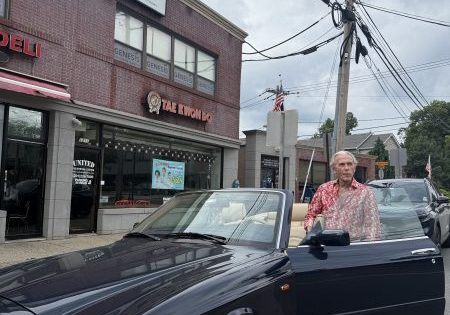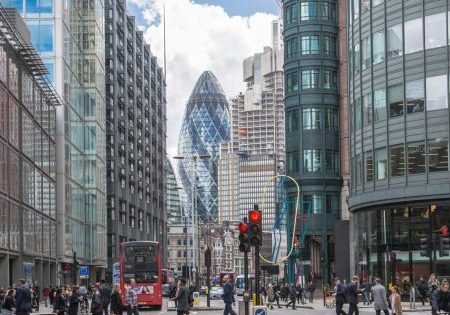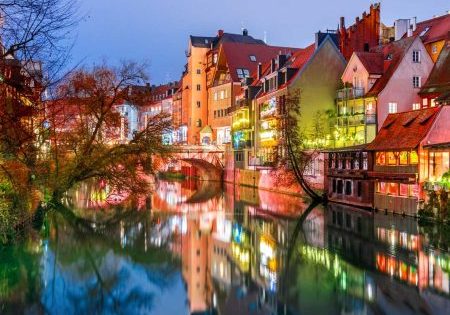Elevators That Heal
Oct 1, 2025

Biophilic design in VT promotes urban well-being.
by Ivette Natacha Sanchez
Our cities are growing fast; such is the rush of everyday activities. Sometimes I feel I spend most of the daylight hours in an office or driving to an appointment, looking at my rearview mirror while going 70 mph, and then walking quickly onto a new jobsite while checking emails on the phone and, later, answering a million calls.
Can I stop and look at the trees? Can I see the flowers bloom during the early days of spring? Can I see the clouds for a second and imagine the shapes and figures laughing at me? I want to enjoy the Sun and sky and their majesty for a little while. Can I do this while I travel up and down a skyrise? I believe we can help our cities enjoy the view; I think the vertical-transportation (VT) industry can help incorporate nature and bring its beauty and peace into the concrete jungle in which we live.
As we race to build faster, taller and more efficient structures, developers and architects face the challenge of considering not only the performance of the built environment but also its emotional and psychological impact on the residents.
An emerging solution lies in an unexpected vertical space: elevators. When designed thoughtfully using biophilic principles, scenic elevators that blend into their natural or architectural surroundings can become moving sanctuaries. They offer riders a moment of calm, connection and perspective. More than just a means of transport, these elevators can serve as vehicles for mental wellness, environmental appreciation and urban renewal.
We can have those minutes enjoying the sunlight, amazed by the view of the clouds, trees or the fountain in the middle of the lake. Those minutes can mean a lot. Instead of four walls of stainless steel in a closed, concrete shaft, let’s give that elevator ride the opportunity to take our breath away.
The Urban Mind: Mental Health in the Modern City
More than half of the world’s population currently lives in cities, and that number is projected to reach nearly 70% by 2050. While urban centers offer economic opportunities and cultural vibrancy, they also come with an invisible cost: increased stress levels, anxiety and psychological strain.
A growing body of research highlights the impact of urban living on mental health:
- Urban populations generally have higher cortisol levels compared to those in rural areas.
- Noise pollution, crowded spaces and limited access to nature contribute to higher rates of depression and anxiety.
- Continuous exposure to concrete, metal and artificial lighting can lead to what environmental psychologists term “nature deficit disorder.”
Conversely, simply being exposed to greenery, sunlight or natural views has been shown to significantly mitigate these negative effects. Studies published in journals like The Lancet Planetary Health and Environmental Health Perspectives confirm that even a few minutes of viewing nature each day can lower stress hormones, enhance mood and improve cognitive function.
What does this mean for elevators? It presents a unique opportunity. In cities where VT is essential, elevators can serve as more than just a means of getting around; they can be purposefully designed as spaces for mental recharge.
Biophilic Design: Where Nature Meets Architecture
Biophilic design “refers to the practice of integrating natural elements into the built environment to support physical and emotional well-being.” First proposed by biologist Edward O. Wilson and later expanded by environmental psychologist Stephen R. Kellert, biophilic design is rooted in our evolutionary connection to nature.
There are three main categories of biophilic experience:
1) Nature in the Space: The presence of living systems and natural elements (e.g., sunlight, vegetation, water)
2) Natural Analogues: Representations of nature via color, material, texture and form (e.g., wood finishes, curved shapes, natural sounds)
3) Nature of the Space: Spatial configurations that evoke feelings found in natural settings (e.g., prospect, refuge, mystery, risk)
Applying Biophilic Design to Elevators
When elevators are designed with these principles in mind, they transform from sterile, utilitarian boxes into experiences that support psychological well-being. This transformation can be done using the following features:
- Glass walls for unobstructed views of greenery, mountains, rivers or cityscapes
- Organic materials inside the cab such as wood, stone or earth-tone panels. My previous article “Elevated Sustainability,” published in ELEVATOR WORLD July 2025, covers new organic materials: cork, recycled ocean plastic, mushroom composite and seaweed panels that can be used for elevator cab materials and accomplish this principle.
- Smooth lighting transitions that mimic daylight or sunset cycles
- Open-air access points with planters, gardens or fountains near entrances
- Enjoy leisurely, picturesque rides that promote mindfulness instead of rushing.
These biophilic elevators fulfill a set of needs beyond mobility: They meet emotional, sensory and cognitive needs that are often neglected in high-density environments.
Urban Scenic Elevators: Healing Cities One Ride at a Time
Outdoor and panoramic elevators are already functioning as urban landmarks and wellness features in several parts of the world. These systems blend architecture, engineering and psychology to create memorable and healing experiences for riders.
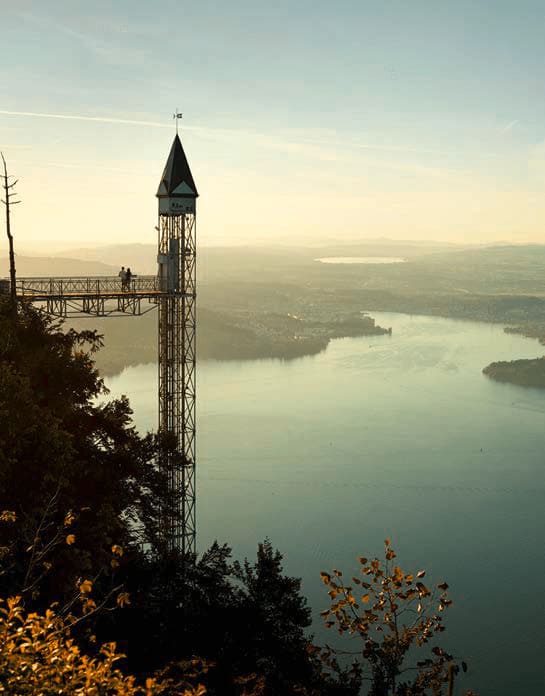
Three Iconic Examples
1) Hammetschwand Lift – Bürgenstock, Switzerland
- The highest outdoor elevator in Europe, rising 500 ft above Lake Lucerne
- Built into a mountain, offering unmatched panoramic views of the Swiss Alps
- The slow, scenic ascent offers riders a quiet, introspective experience.
2) Bailong Elevator – Zhangjiajie National Forest, China
- The world’s tallest glass elevator, rising more than 1,000 ft along a sandstone cliff
- Immersed in a United Nations Educational, Scientific and Cultural Organization-protected forest, creating a deeply meditative ride
- Serves as both a tourist attraction and a nature appreciation experience
3) Santa Justa Lift – Lisbon, Portugal
- A historical iron elevator with a neo-Gothic design and glass viewing platform
- Connects the lower streets of Lisbon with the upper Carmo Square
- Offers riders a sense of timeless beauty and a peaceful city overlook
These elevators serve both practical and emotional purposes. They improve accessibility while acting as public wellness features.
I believe we can help our cities enjoy the view; I think the vertical-transportation (VT) industry can help incorporate nature and bring its beauty and peace into the concrete jungle in which we live.
Opportunities in Major Cities: Where Scenic Elevators Could Heal
Some of the world’s most dynamic cities are also among the most stressed. These urban centers represent ideal opportunities for scenic, biophilic elevators:
NYC, U.S.
- Opportunity: Integrate scenic elevators into Central Park edges, The High Line, Roosevelt Island and waterfront zones
- Impact: Provide vertical access to park spaces, reduce elevator anxiety in highrises and enhance views for residents and tourists alike.
Tokyo, Japan
- Opportunity: Glass elevators in rooftop gardens, cultural centers or urban forests like Shinjuku Gyoen
- Impact: Offer visual relief from density and digital saturation; support Japan’s growing wellness and design-conscious industries
São Paulo, Brazil
- Opportunity: External scenic lifts in corporate towers and vertical green spaces
- Impact: Improve mental wellness in high-stress business districts and contribute to green building initiatives
Singapore
- Opportunity: Expansion of biophilic elevators in airport terminals, hospitals and the famed Gardens by the Bay.
- Impact: Aligns with Singapore’s “City in a Garden” vision; enhances user experience in high-traffic areas
Vancouver, Canada
- Opportunity: Elevators overlooking water in public transit hubs, cliffside neighborhoods or forested zones
- Impact: Reduce car use in hilly areas while offering calming scenic routes to residents
Collective Benefits: Beyond the Ride
Daily Mental Recovery
Incorporating micro-restorative experiences into daily commutes or workplace routines can turn scenic elevators into emotional reset points. This practice improves overall mood and helps reduce workplace burnout.
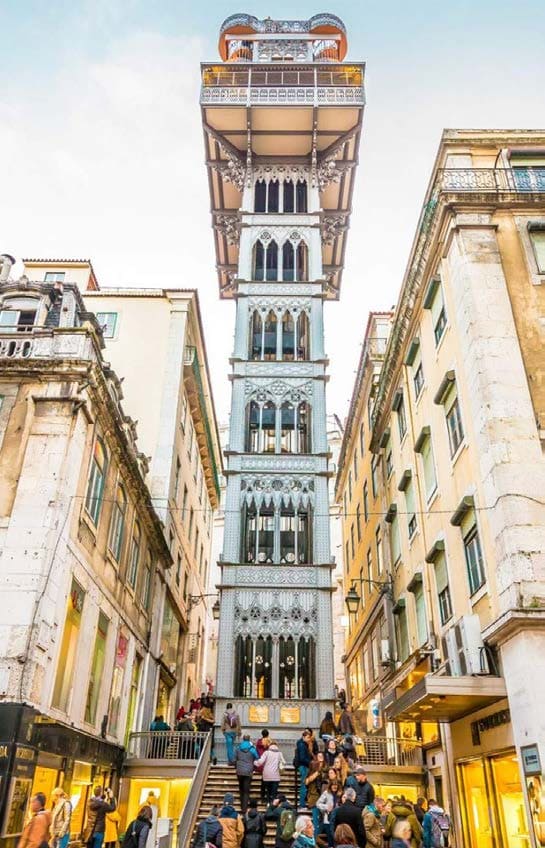
Architectural Identity and Beauty
Scenic elevators often become iconic landmarks that give character to otherwise ordinary buildings. They attract tourism, increase real estate value and support branding initiatives.
Accessibility and Inclusion
Outdoor elevators enhance access to public parks, hilly terrain and buildings for elderly and disabled individuals, creating a more equitable urban experience.
Sustainability Alignment
Biophilic elevators align with global sustainability goals by reducing the need for elevator lighting during the day, improving airflow and supporting buildings in achieving Leadership in Energy and Environmental Design (LEED) or WELL-being Building Standards (WELL) certification.
Urban Pride and Civic Mental Health
Citizens who experience beauty, nature and tranquility in their neighborhoods develop a stronger sense of connection to their community. This fosters civic pride and enhances collective mental health.
Designing the Next Generation of Elevators
The future of elevators is not only about speed and safety; it is also about being more human-centered. As developers and architects focus on incorporating wellness into their projects, VT systems will adapt accordingly.
Here are some key trends to watch:
- Integration of smart glass that tints or clears in response to changes in light
- Elevator gardens and green-wall shafts
- Enhanced soundscapes featuring sounds of birdsong, flowing water or forest ambiance
- Scenic loops that connect rooftops to the ground in corporate and medical campuses
Engineers, elevator manufacturers and urban planners must collaborate to create systems that enhance both transportation and well-being of users.
Cities have been growing for centuries, but now they also need to focus on healing. Scenic, biophilic elevators are a small yet powerful way to reconnect people with nature during those unexpected moments, like when moving between floors.
By transforming elevators into sanctuaries of calm and wonder, we not only elevate physical bodies but also uplift minds, moods and entire communities. It’s time to make the vertical journey an integral part of the destination.
Get more of Elevator World. Sign up for our free e-newsletter.


